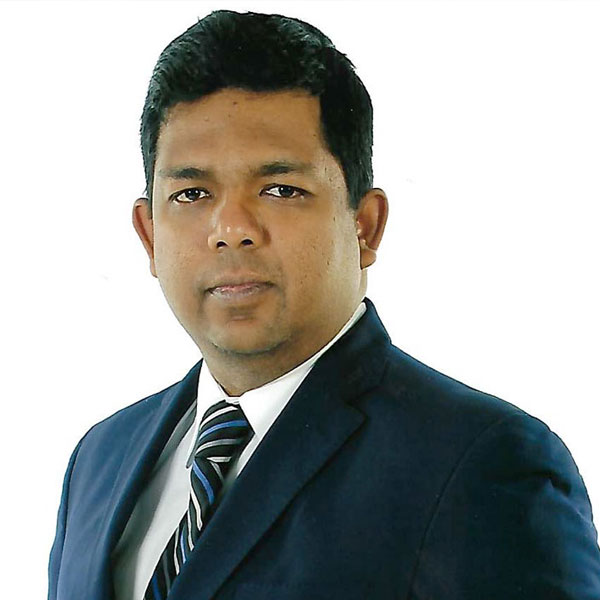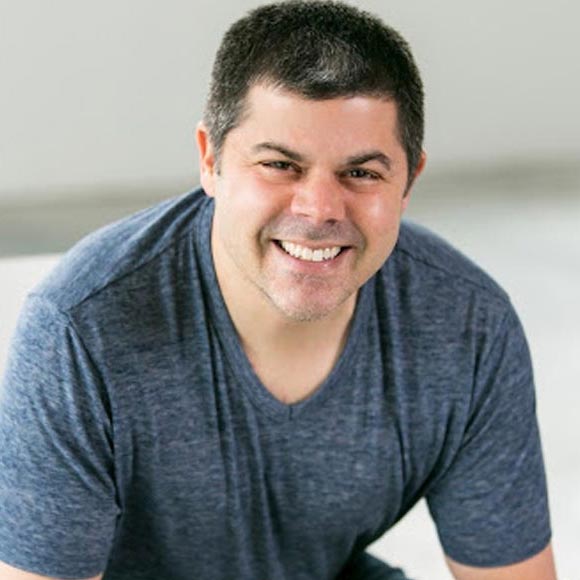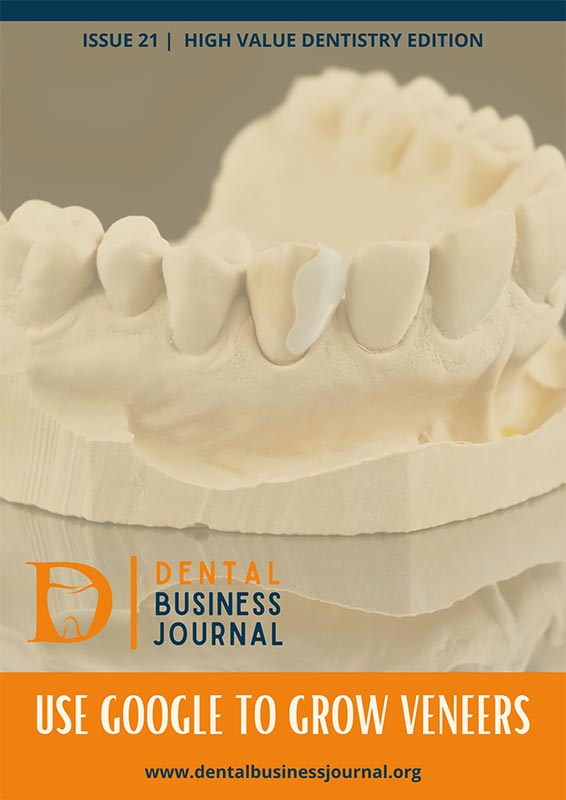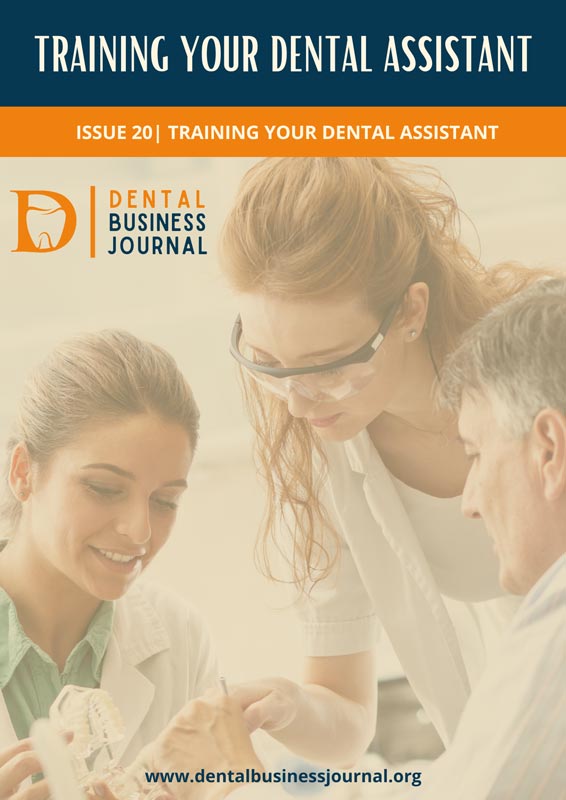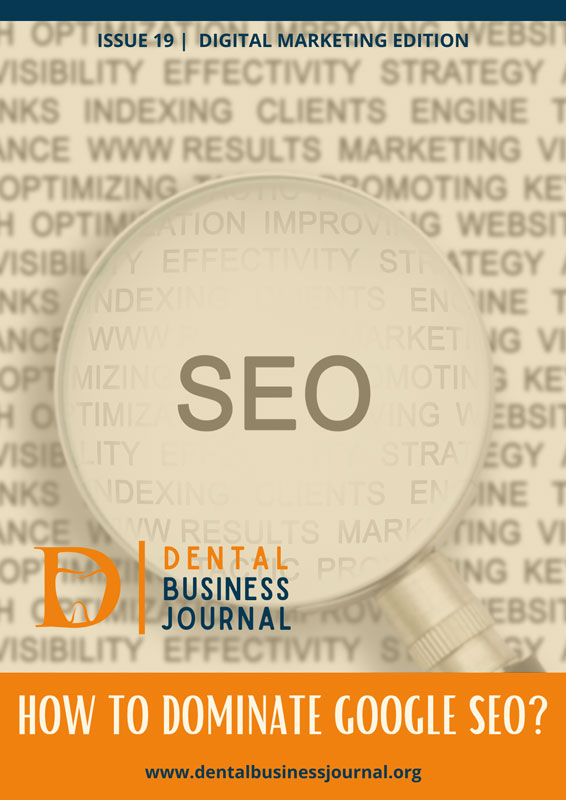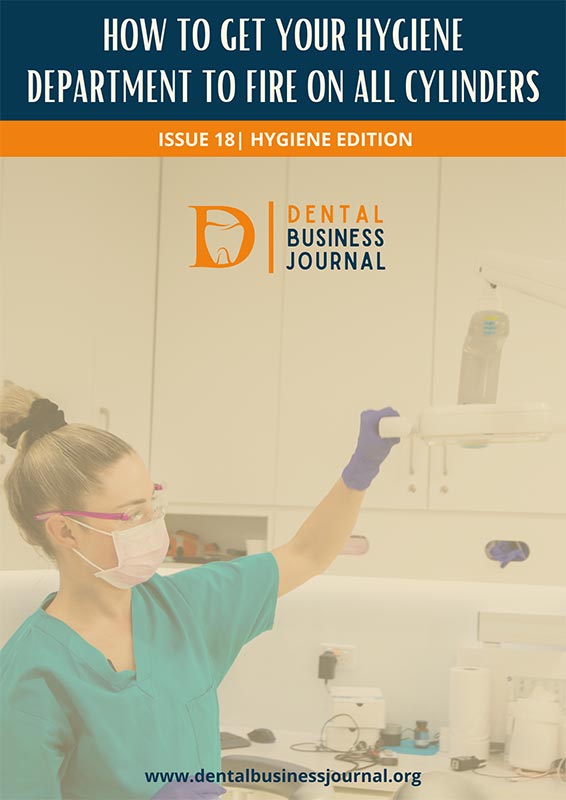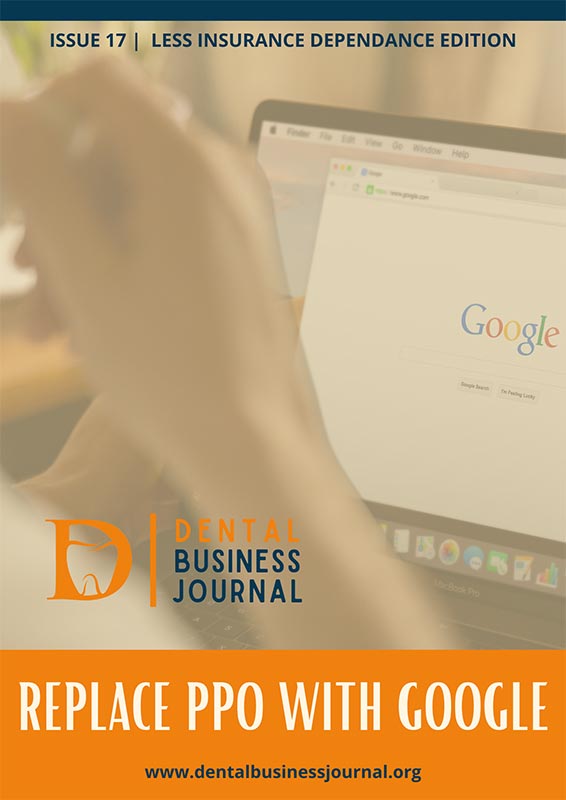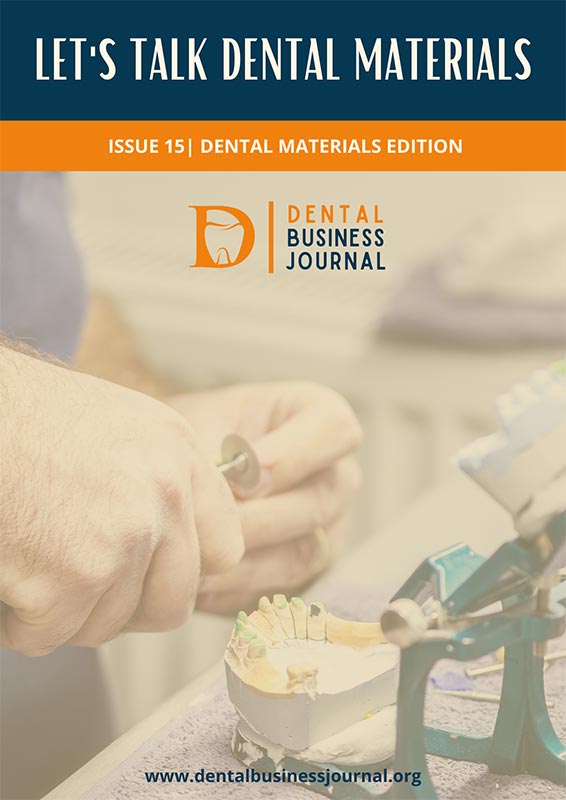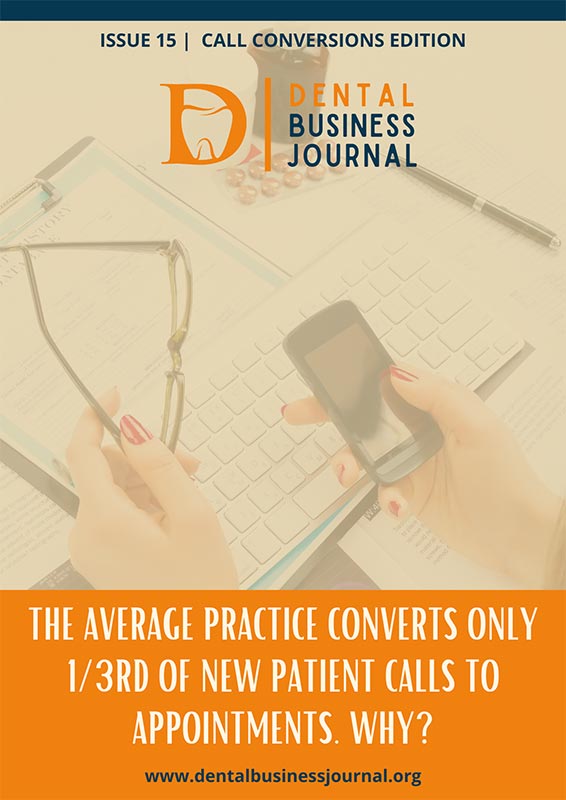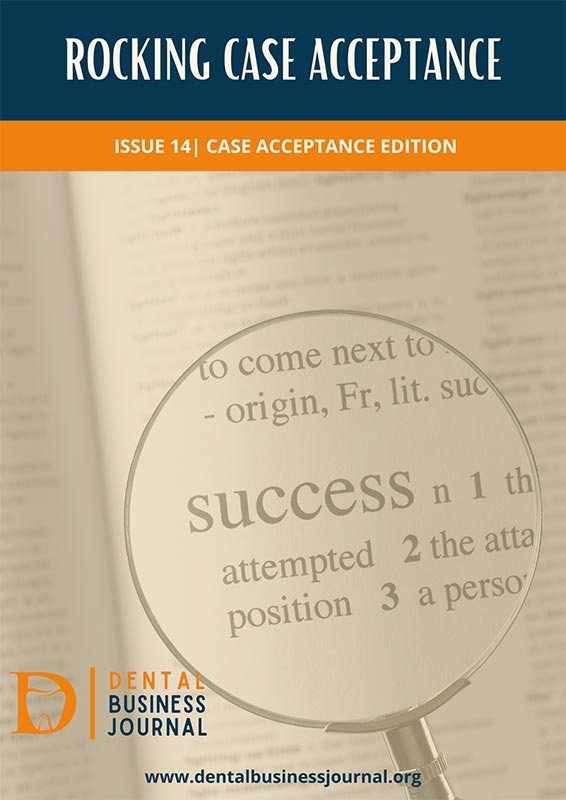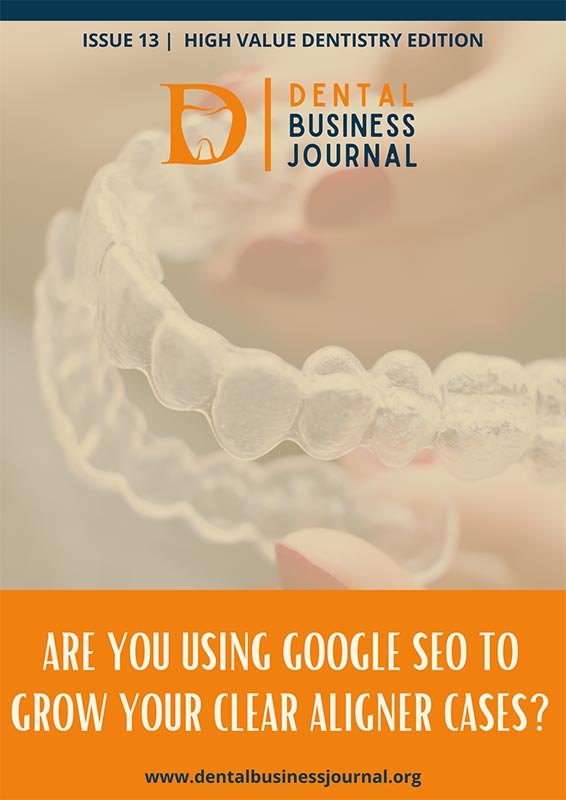Tops Ways to Become More Efficient and Productive
Dr. Eric Block discusses the first-hand experience of changes his practice has undergone post-COVID. He outlines the criticality of same-day dentistry now more than ever. This article covers how his team has successfully overcome the complications brought about by eager patients through new methodologies, some of which include new technology.
How can a dentist take control of their schedule?
We have never had more opportunities to manage our schedule as we do in this post-COVID era. So, as a result, many patients return to practices that the dentists haven’t seen in a while due to COVID. And guess what? These patients’ cavities didn’t improve; their problems didn’t disappear. So now, most come in for emergencies.
As a result of workspace and schedule changes happening worldwide, more patients are available during the weekdays as they work with a virtual or hybrid schedule. They are motivated to get dental treatments now more than ever. Patients are more flexible with their time, and dental practices can freely suggest time slots even within the daytime during typical work hours. Dentists feel more in control as they can fit patients into their schedules the way they prefer. Rather than working the most during popular hours, dentists are now allowed to spread their schedules throughout the day.
How does same-day dentistry play a role in productivity and efficiency?
Same-day dentistry is so critical now, with proliferating costs and the stress that dental practices are going through. In addition, patients are eager to get their work done as soon as possible. Therefore, it is crucial to find ways to organize your schedule to support same-day dentistry. For example, patients could come in for emergencies to get a crown or a filling done within the day. This could also apply to hygiene schedules: scanning, taking impressions for a night guard, or a bleaching tray. Doing all these treatments on the same day and not postponing to the next week is crucial.
Maintaining a morning huddle with the team is vitally important to make this happen. The team can get together, review schedules, and reserve time slots in blocks for emergencies, same-day treatment, and prioritizing patients with overdue treatment. Of course, all this planning will also depend on how many staff members you have on a given day. Pack that schedule in if you’re fully staffed and can get more treatments done! If you have limited staff, make sure you have space for patients who want to get treatments done within the day!
How can you use workflows to be more productive?
Some technological benefits that come with specific procedures make the procedure itself enjoyable. For example, using an intra-oral scanner for crowns enables you to scan the tooth and magnify it by 10 times, and if you don’t like your prep, you can trim it out on the scan and then go back and re-prep. Another example would be 3D printers. You could do a quick turnaround for nightguards, temporaries, partials, and dentures; it’s definitely economical. In addition, patients don’t have to wait the traditional 2 weeks for the prosthesis to come back, making them love the use of technology even more. Digital equipment consumes less time and causes less cross-contamination, not having to deal with a bloody impression, and the staff appreciates that.
The most significant advantage of using technology is guided surgery with implants which used to be one of the most stressful procedures using free hand and 2D technology. However, with virtual planning, 3D technology, and guided surgery, implant procedure has become predictable, economical, and least stressful. In conclusion, technology inspires any dentist to enjoy dentistry more and become a better dentist!
Do you want to listen to the official podcast episode of this journal?
Watch the full interview on YouTube!
Subscribe and get notified of more episodes like this!
